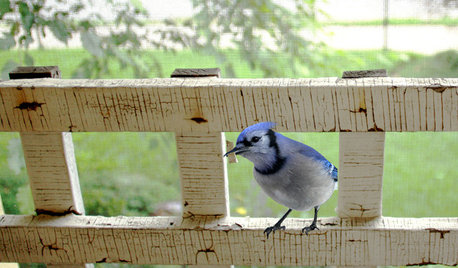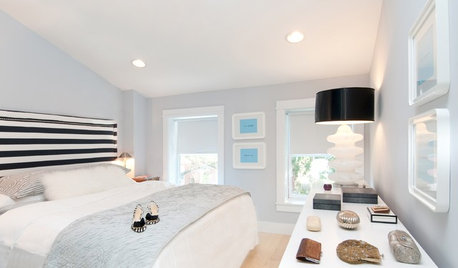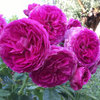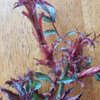Cellular mechanism for blue flowers discovered
hoovb zone 9 sunset 23
10 years ago
Related Stories

GARDENING FOR BIRDSBackyard Birds: Meet Some Clever and Curious Jays
Boisterous jays provide plenty of backyard bird-watching in winter. Here’s how to identify all the varieties and welcome them into your yard
Full Story
SAVING WATER6 Reasons Why You Should Save Your Rainwater Now
Collect and store during the rainy season so you’ll have water ready for irrigation when you need it
Full Story
BEDROOMSGuest Rooms That Work
The Hardworking Home: Get all the sleeping space for guests you need — and in some cases extra storage — with these solutions
Full Story
TASTEMAKERSAsk an Expert: What Is the One Design Rule You Live By?
Eight home experts share their top design rules
Full Story
GARDENING GUIDES6 Steps to Creating Your Butterfly Garden
Encourage these fanciful winged beauties to visit your garden while helping restore their fragmented habitat
Full Story
DREAM SPACESWorld of Design: 15 Swimming Pools With Dream Views
Join us on a refreshing tour of spectacular swimming pools from Sydney to Moscow
Full Story
FUN HOUZZ10 Things People Really Don’t Want in Their Homes
No love lost over fluorescent lights? No shocker there. But some of these other hated items may surprise you
Full Story
BEDROOMSGuessing Game: What Might Our Bedrooms Say About Us?
For entertainment only; actual accuracy may vary. Always don fun goggles and engage your imagination before playing!
Full Story
EARTH DAYThe Case for Losing the Traditional Lawn
Work less, help the environment and foster connections by just saying no to typical turf
Full Story
GARDENING FOR BUTTERFLIES3 Ways Native Plants Make Gardening So Much Better
You probably know about the lower maintenance. But native plants' other benefits go far beyond a little less watering and weeding
Full StorySponsored
Franklin County's Preferred Architectural Firm | Best of Houzz Winner
More Discussions








Ronn Bonites
sandandsun
Related Professionals
Garden City Landscape Architects & Landscape Designers · Middle Island Landscape Architects & Landscape Designers · Signal Hill Landscape Architects & Landscape Designers · Taylorsville Landscape Architects & Landscape Designers · Lakeland Landscape Contractors · Manchester Landscape Contractors · Medford Landscape Contractors · Bristol Landscape Contractors · North Haven Landscape Contractors · Oak Harbor Landscape Contractors · Porterville Landscape Contractors · Riverview Landscape Contractors · Spring Landscape Contractors · Woodland Landscape Contractors · Selma Landscape ContractorsnanadollZ7 SWIdaho
roseseek
kittymoonbeam
nanadollZ7 SWIdaho
hoovb zone 9 sunset 23Original Author
thedogsLL
mike_rivers
sandandsun
Ronn Bonites